So why do we do it? One popular theory is that we engage in this act of masochism for the thrill of it. Simply put, eating spicy food is an easy and safe way to feel danger and excitement. A second theory claims that humans have learned to prioritize the health benefits of spicy food over the pain it causes us.
Whatever lies behind our fascination with hotness, people all over the world enjoy punishing their mouths with a bit of spice, and here are some of the most famous condiments, sauces, and seasonings you’ve got to try out if you’re one of them:
1. Erős Pista (Hungary)
Actually a brand-name, Erős Pista (don’t even try pronouncing it if you don’t know the language) is a hugely popular chili condiment in Hungary that people add to soups, stews- anything, really. It is one of the simplest hot sauces around, containing nothing but roughly-ground hot paprika (with seeds still intact and visible) and salt.
2. Habanero sauce (Mexico)
A former world heavyweight champion of hotness (since dethroned by the ghost pepper), the habanero pepper is small, plump and tends to have bright colors. It is especially popular in the Yucatan Peninsula in Mexico in the form of purée or salsa and is sold commercially as green or red habanero sauce.
3. Curry (India)
So let’s clear the air up: curry isn't a spice in and of itself, but a spice mixture that is a fairly recent addition to the venerable Indian cuisine. Spice mixtures similar to curry, like garam masala, have been a part of Indian culinary tradition for thousands of years, but the inclusion of chili peppers was only made possible through the Portuguese colonization of southern India. The specific ingredients of curry sauce vary widely but typically include turmeric, cumin, fenugreek, coriander and chili peppers with either yogurt or coconut milk.
4. Chimichurri (Argentina)
A popular folk etymology holds that the name “chimichurri” originates in an Argentinian overhearing an Englishman saying “gimme curry”. Though certainly evocative, this story is likely false with the name actually originating from Basque immigrants to South America. Regardless, chimichurri is an incredibly popular cold sauce in Argentina, consisting of parsley, garlic, oregano, vinegar, olive oil and red chili flakes. How hot it depends on the amount of chili (and to a lesser degree, raw garlic) you put in.
5. Zhug (Yemen)
Alternatively known as sahawiq, this south Arab condiment comes in two main forms, a red one made of dried red chili peppers, garlic, oil and seasoning, and a green one made of green chili with coriander, cumin, garlic, and fresh herbs. There also exists a "brown" zhug with tomatoes.
6. Sriracha (Thailand)
Possibly the most famous hot sauce in the world in recent years thanks to the California-based “rooster” brand, this chili sauce originates in the Thai coastal town of Si Racha (for which it is named), where it is primarily used as a dipping sauce for seafood. The American-produced sriracha contains moderately spicy Jalapeño peppers, sugar, salt, garlic, and vinegar.
7. Kimchi (Korea)
The most famous Korean culinary export is kimchi, a side dish of well-seasoned fermented vegetables. Koreans put kimchi in almost everything, including stews and gimbap (Korean sushi). Basic ingredients include napa cabbage, radish, carrot, scallions, garlic, Korean chili pepper powder, fish sauce, and salt.
8. Pepper Sauce (Caribbean)
Pepper sauces, as they are known in the West Indies, are very popular and are made using some of the strongest and hottest chilis, such as habanero and Scotch bonnet. What makes Caribbean hot sauces special is that vegetables and fruit, such as tomatoes, lime, oranges, and even mangoes are often used in making the sauce.
9. Harissa (Tunisia)
A Tunisian invention that took North Africa by storm, harissa is a condiment made of a mix of different strains of roasted and fresh chili peppers, garlic, coriander, caraway, salt, saffron and vegetable oil with some adding lemon juice for a zesty kick.
10. Cajun seasoning (Louisiana)
This southern specialty is a spice blend, much like curry. Unlike curry, it also includes more coarsely-ground ingredients. Common ingredients include the strong cayenne pepper, paprika, salt, garlic and onion powder, dried oregano, thyme, and black pepper.


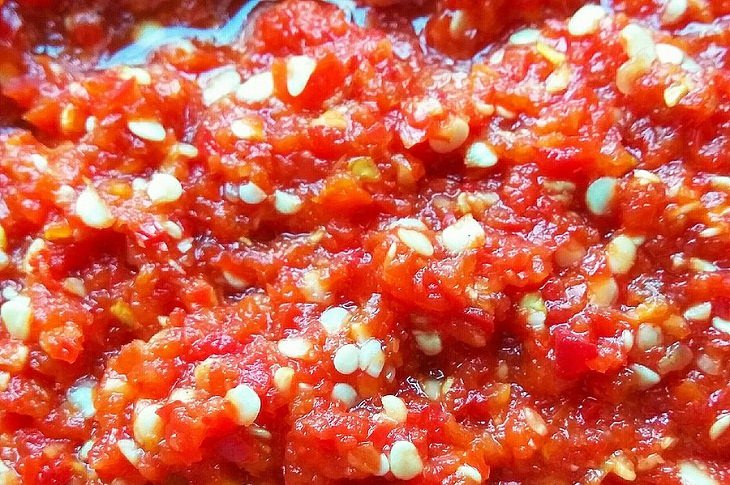 Source: Przemysław Wierzbowski
Source: Przemysław Wierzbowski Source: AlejandroLinaresGarcia
Source: AlejandroLinaresGarcia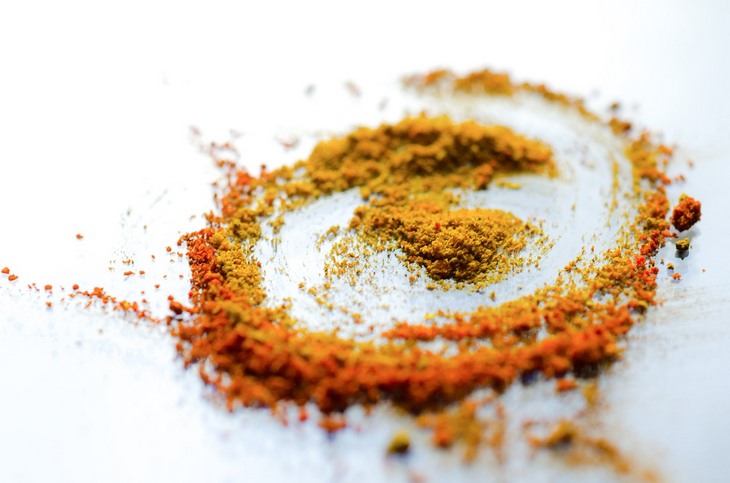

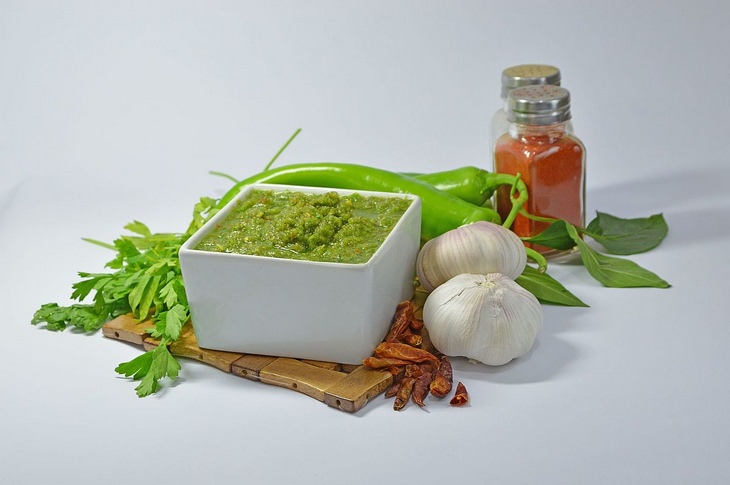 Source: Mushki Brichta
Source: Mushki Brichta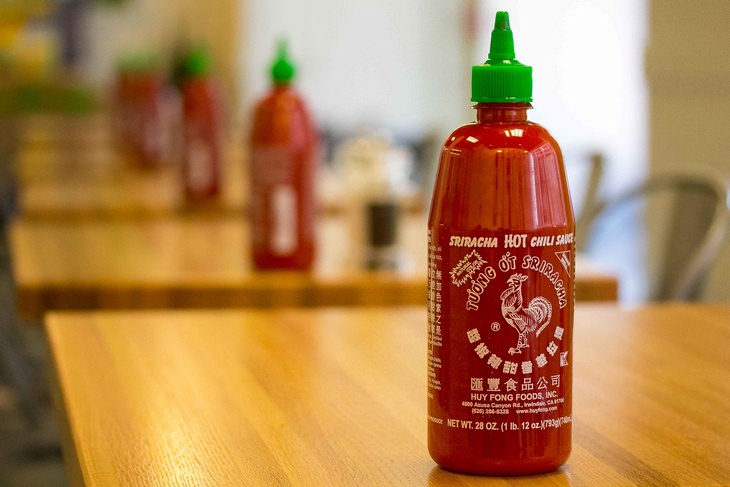 Source: Steven Depolo
Source: Steven Depolo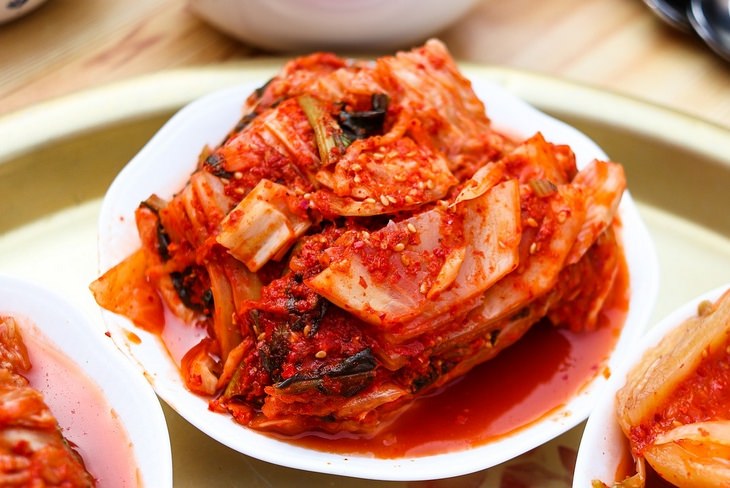
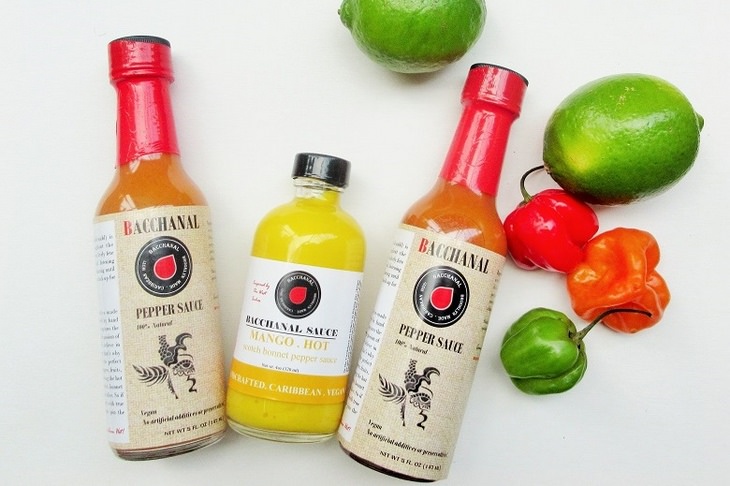 Source: Islandwoman79
Source: Islandwoman79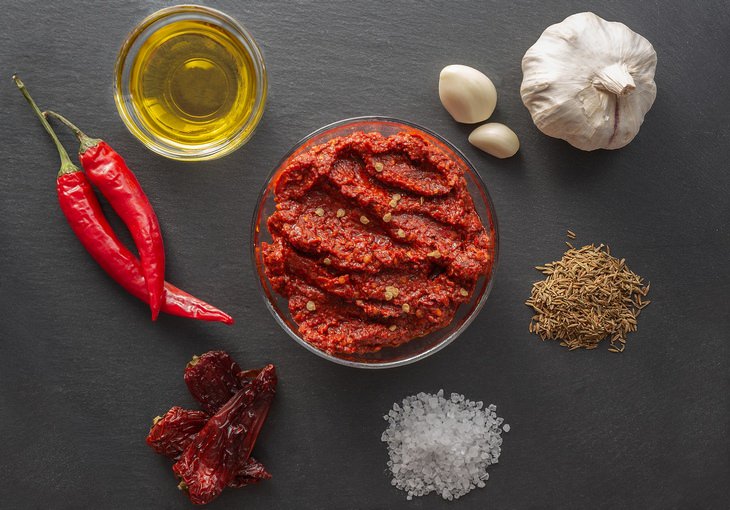
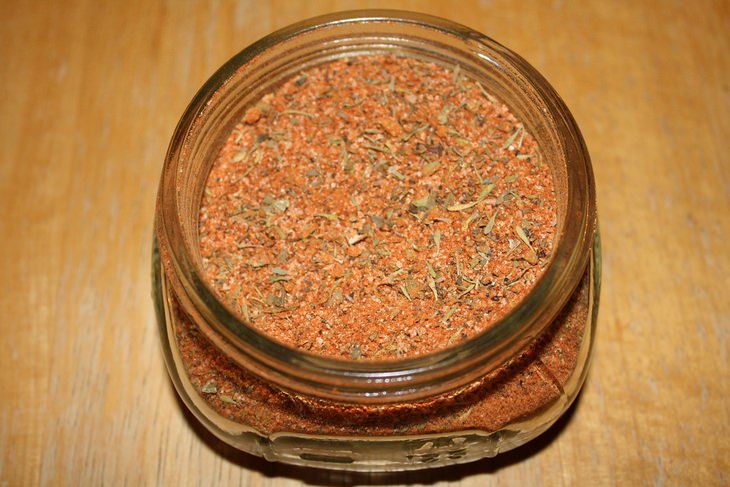 Source: Global Reactions
Source: Global Reactions